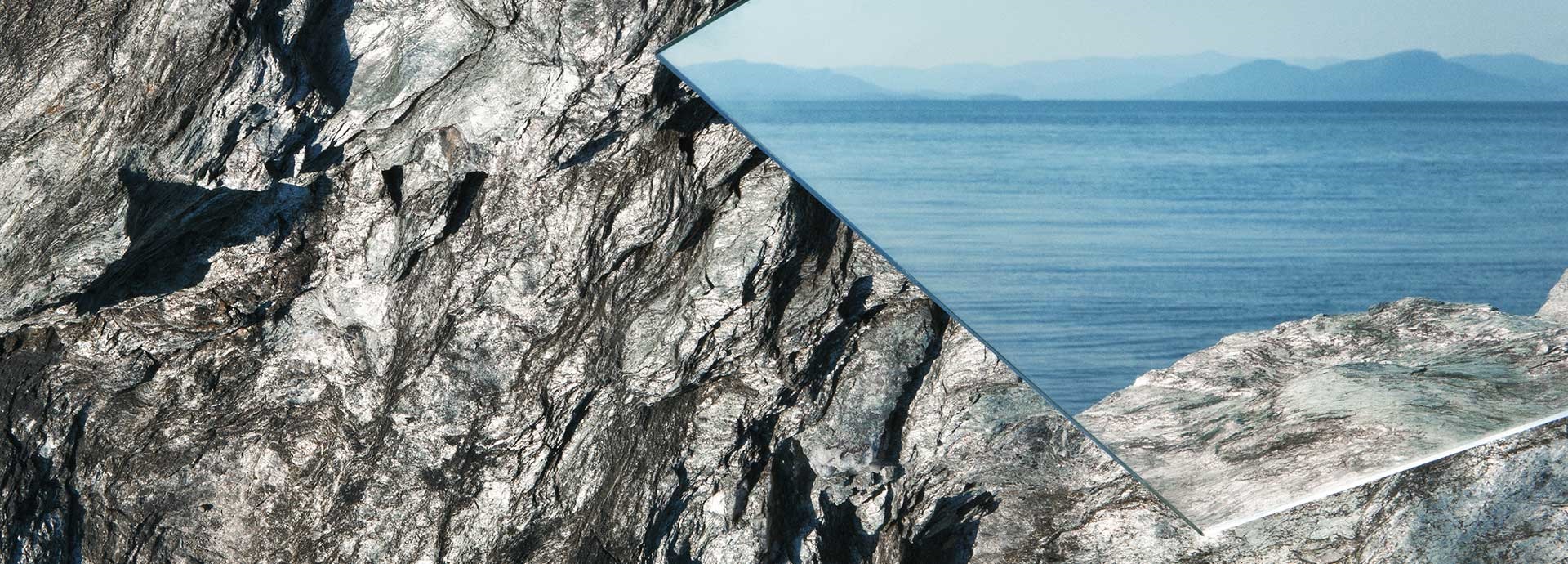

5801 results
A ship designed to support oil spill clean-up operations by oil recovery, boom deployment and/or dispersant application.
Containers are commonly stowed below deck and sometimes on deck within fixed vertical cell guides, which guide them into place and ensure that they do not move during the voyage.
Built by Damen Shipyards, The Netherlands, the ARCA is multifunctional vessel with oil recovery as the main function, but she is also able of carrying out hydrographic survey and research work.
A layer of oil floating on the surface of the sea, generally caused by accident or spillage.
A number of container stacks interconnected and secured horizontally by bridge stackers.
Halmatic Ltd delivered a multi-role oil spill recovery vessel HAVEN HORNBILL for Harwich Haven Authority in July 2002.
A large steel box designed to allow goods to be sent from door to door without any handling from the initial packing to final discharge.
A system designed to handle sludge from oil treatment systems in diesel engine installations. The system separates the sludge into its three main components: oil, sludge and water.
The document required to be carried on board ships by MARPOL 73/78, Annex I, reg. 20.
The American rules on the safety of transport of hydrocarbons by sea. Provisions apply to tanker structure, with the requirement that new tankers should be built with a double hull or other similar design.
It is a hollow propulsion shaft with the bore and radial holes used for distribution of hydraulic oil in controllable pitch propeller installations.
The OCIMF is a voluntary association of oil companies interested in shipment and storage of crude oil and oil products. 27 Queen Anne’ s Gate, London SW1H 9BU, homepage:www.ocimf.com
An operation of removing oil from the water surface.
Petroleum in any form including crude oil, sludge, oil refuse and refined products.
The damage occured when a ship comes into contact with other ships and/or a permanent structure such as quayside. Contact damage usually happens during manoeuvring procedures in harbours.
Items consumed during the welding process, namely electrodes, filler wires, fluxes and shielding gases.
Any floating offshore structure (including vessels and barges), designed for operating afloat or supported by seabed.
The loss of a vessel under insurance terms, when repair costs exceed the value of the vessel itself.
A control panel, often the central unit, from which an operator can operate and supervise machinery or equipment.
The person to whom goods are shipped.